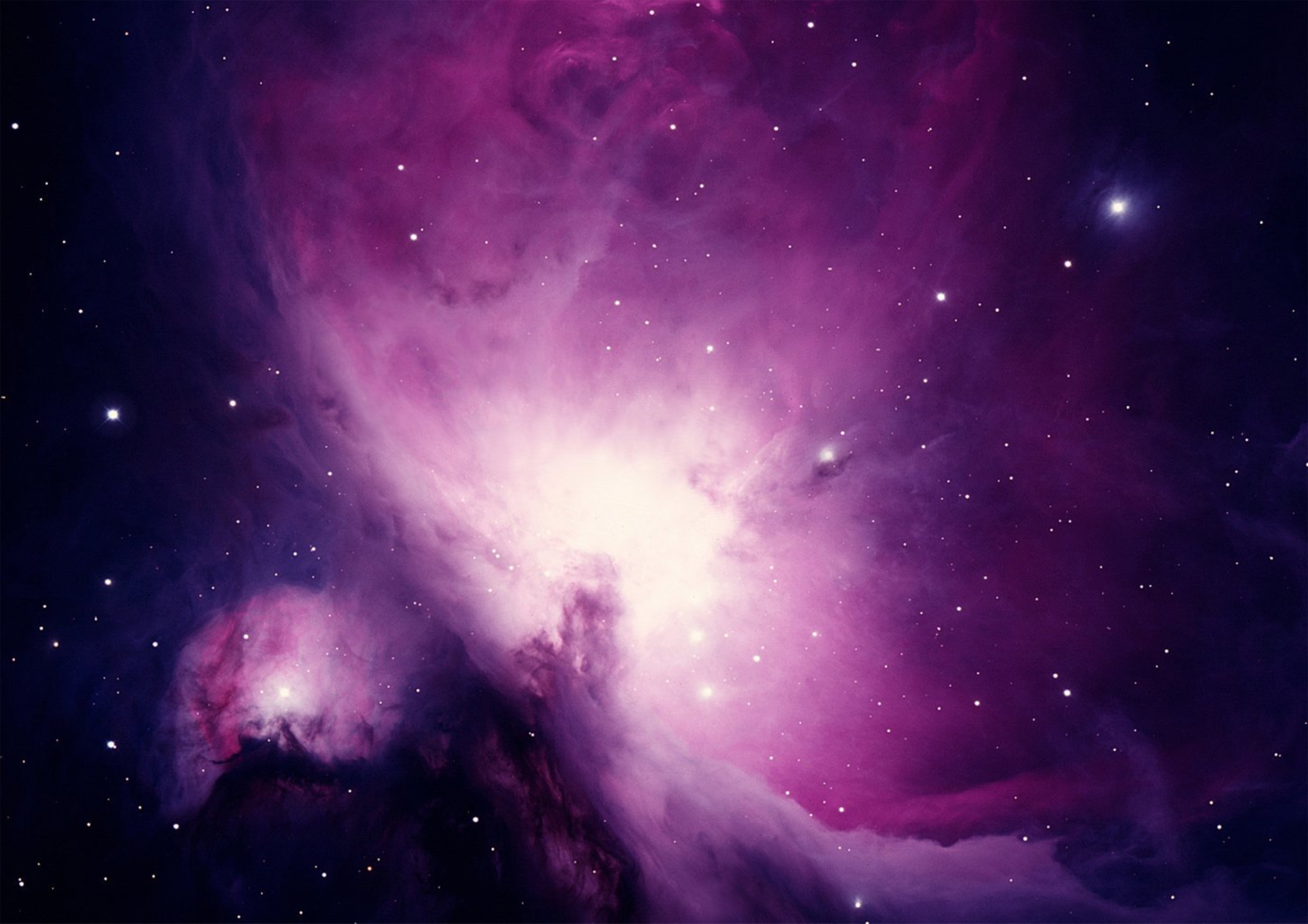Introduction: Are We Alone in Our Own Reality?

For decades, the idea of parallel universes and multiverse theories has fascinated scientists and science fiction fans alike. Could there be multiple versions of reality branching off with every decision we make? Is our universe just one of many? The answers may lie in the strange and counterintuitive world of quantum mechanics, where reality isn’t as fixed as it seems.
In this article, we’ll explore the scientific foundations of parallel universes, discuss theories proposed by physicists, and examine how popular science fiction has explored these mind-bending possibilities.
The Quantum Science Behind the Multiverse
The idea of multiple universes finds its strongest support in quantum mechanics, the branch of physics that describes how particles behave at the smallest scales. According to the famous double-slit experiment, light and particles can act as both waves and particles simultaneously—until they are observed, at which point they take on a definite state. This strange property suggests that multiple possibilities exist at once until one is “chosen” by observation.
This brings us to the Many-Worlds Interpretation (MWI), proposed by physicist Hugh Everett III in 1957. Instead of assuming that observation collapses reality into a single outcome, Everett suggested that all possible outcomes actually happen—but in separate, parallel worlds. If true, this would mean that every choice we make spawns a new universe, where an alternate version of ourselves experiences the opposite decision.
Scientific Theories That Support the Multiverse
While the Many-Worlds Interpretation is one of the most famous multiverse theories, it’s not the only one. Scientists have proposed multiple frameworks that suggest we might be living in one of many realities:
- Eternal Inflation (Alan Guth, 1980s) – Our universe is just one of many bubbles expanding from a greater cosmic fabric.
- String Theory & M-Theory (Edward Witten, 1995) – Reality may consist of multiple dimensions, with universes existing as 3D “branes” floating in higher-dimensional space.
- Quantum Decoherence – The idea that separate quantum states don’t interfere but evolve independently, essentially forming different branches of reality.
Evidence For and Against Parallel Universes
While these theories are fascinating, there is no direct evidence proving the existence of parallel universes. However, some scientific findings hint at the possibility:
- Cosmic Microwave Background (CMB) Anomalies – Some physicists speculate that irregularities in the universe’s background radiation could indicate interaction with other universes.
- Delayed Choice Quantum Eraser Experiment – This experiment suggests that choices made in the present can affect past events, which challenges conventional ideas of time and causality.
- Mathematical Support – Many theoretical physics models, including those in quantum mechanics and cosmology, allow for multiple universes.
Despite these clues, the biggest challenge remains: how can we observe or test other universes if they exist outside our own?
The Multiverse in Science Fiction & Popular Culture
Science fiction has long embraced the concept of parallel universes. Many stories explore the consequences of alternate realities, time loops, and different versions of ourselves.
Here are some movies and shows that explore multiverse concepts:
- Quantum Suicide (2024) – This movie directly explores quantum mechanics and the Many-Worlds Interpretation.
- Run Lola Run (1998) – A film that plays with multiple timelines, showing how small changes in decisions create drastically different outcomes.
- Steins;Gate (2011) – A gripping anime that explores the consequences of time travel and shifting realities based on slight alterations in events.
Additionally, The Man in the High Castle, a show based on Philip K. Dick’s novel, imagines a world where the Axis Powers won World War II—illustrating how small changes in history could lead to vastly different realities.
Philosophical & Existential Questions
These questions are not just theoretical—they challenge us to rethink our understanding of reality and our place in it. Take a moment to consider your own answers and perspectives. How would you respond to these dilemmas?
Beyond the science, the concept of parallel universes raises deep philosophical questions:
- If infinite versions of “you” exist, do you truly have free will? How do you define personal choice in a reality where every possibility plays out?
- Are there universes where you never existed? Where you made different choices? If so, how much of your identity is shaped by circumstance versus conscious decisions?
- If multiverse travel were possible, would you want to meet another version of yourself? What do you think you could learn—or should some things remain unknown?
Conclusion: What If We Are Just One of Many?
The idea of a multiverse remains one of the most intriguing frontiers in physics. While scientific theories suggest the possibility of multiple realities, we are far from proving or disproving their existence. Science fiction continues to explore these ideas, helping us imagine what it might mean if parallel versions of our world truly exist.
As the Science Fiction Remnant podcast continues to delve into thought-provoking films and shows, we hope more listeners will revisit some of these fascinating episodes, expanding their own understanding of quantum realities.
Note
This article blends scientific research, speculative scenarios, and examples from science fiction to engage readers in an immersive exploration of the possibilities of Science Fiction. While scientific findings provide a foundation, the imaginative elements of science fiction allow us to contemplate extraordinary possibilities.
Stay tuned for mind-blowing discussions that will challenge your perception of the world around you. For conversation about this article, join our Discord Channel for comments and discussions. [Science Fiction Remnant Discord]

